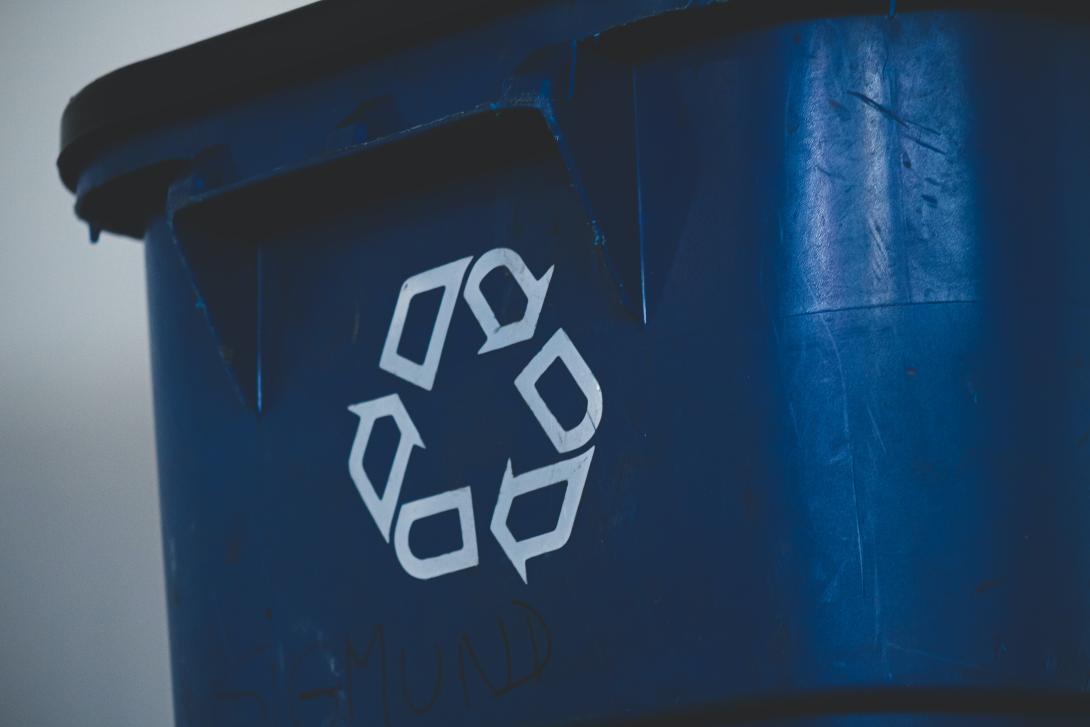Rethinking waste as a valuable by-product is vital to meeting sustainability targets across healthcare systems, writes David Rakowski, a sustainability expert at PA Consulting
The entire healthcare industry should be thinking about the sustainability of its plastic waste footprint. With the global focus on Net Zero, and the impact that waste has on greenhouse gas emissions, healthcare leaders need to rethink their approach. That includes exploring the increasing commercial opportunities which are making waste a valuable by-product.
The NHS alone generated an estimated 590,000 tonnes of clinical waste every year (pre Covid-19), with 25 percent of the overall waste generated by a hospital being plastic. Much of this is incinerated due to the potential for contamination, producing CO₂ emissions and potentially other noxious fumes.
So, if there’s a huge environmental impact and potentially a commercial transformation opportunity, why isn’t there more happening today and how can the industry unlock the opportunity?
The clock is ticking
As the buyers of the products passing through hospitals, organisations like the NHS have taken the lead in setting out robust sustainability and Net Zero targets aimed at driving transformation throughout the value chain. In the current legislation, emissions caused by waste disposal are a key part of Scope 3 emissions, which cover indirect emissions in the value chain such as products, packaging, and disposal. As more public sector organisations move to Net Zero policies, medical manufacturers will need to have robust strategies in place by 2030 to continue supplying to the NHS. Rethinking the use of plastic waste at a system level will need to be a core part of this activity.
Future legislation also looks likely to place the onus on the manufacturers to implement an ‘end of life solution’ to plastic packaging waste.
There are several challenges to overcome, which include:
- Data insights - While data surrounding what is being procured and disposed of is available, the next layer of detail about the types of material that flows through a hospital is not. Filling this data gap has the potential to provide insights to help hospitals reuse or recycle even more waste.
- Waste infrastructure – Hospitals have not been designed to collect multiple waste streams, and many do not have the space for the separate collection of plastics for recycling.
- Contamination – the clinical environment produces a range of hazardous and non-hazardous waste that needs to be handled appropriately. However, there is also a perception of contamination that can result in sometimes overzealous management of waste and waste being incinerated that might not otherwise need to be.
- A fragmented approach – Design for materials end of life is typically not a focus for medical products, meaning they have not been optimised for material recovery after use.
However, through ingenuity and aligning to the shared purpose of a sustainable future, it is possible to overcome challenges like these above and create tailored, actionable roadmaps which stop thinking about plastic waste as a problem, but rather as a useful resource that has value. There are three main themes for leaders across the health system to think about: adapting waste policies, adopting disruptive technologies, and rethinking product and business model design.
Adapting waste policies
Individual hospitals can achieve a lot at the local level by, for example, looking at local ‘bin-frastructure’ to promote a responsible recycling culture and make it easy for people to do the right thing. Leaders must ask, are users aware of hospital recycling policies, are they being misinterpreted or over applied, and are they appropriate for the situation? Great Ormond Street Hospital ran a staff awareness campaign on inappropriate glove usage. The project was a success, reducing glove usage by over four million gloves in a year, saving just over £100,000 and 21 tonnes of plastic that would have otherwise been incinerated or landfilled.
While leaders at the local level often have more flexibility to make changes and face fewer barriers in revisiting guidelines, this doesn’t mean we should shy away from developing systemic policies. The emerging UK Extended Producer Responsibility (EPR) scheme states that ‘household-like, commercial and industrial packaging waste that arises in public sector premises’ will all be in scope, which for the first time, implies healthcare will not be excluded. This will create a further incentive on the industry to transform the packaging of healthcare products.
Adopting disruptive technologies to better manage waste
While recycling efforts are increasing across the industry, there is also an opportunity to make more of the products that are currently going into recycle bins, and later being sorted into waste. What if we could get high-grade polymers that have passed through a hospital and might otherwise be incinerated, in the right place and in the right form, that they can be sold into the recycled polymer market place? The good news is that emerging and existing technologies can be brought together to do this. Sorting is often a challenge, but innovators are using new technologies, like robotic sorting with AI to unlock the value in waste.
If we could shrink a waste sorting facility and put it in a container that every hospital could have on site, that could transform the way we manage and unlock the value of waste. Combine this with even better marking of products for recycling, that facilitate more automated sorting, and a whole range of new possibilities are opened up.
Rethinking product and business model design
Products can often evolve organically to meet the needs of the systems they serve, becoming more complex than necessary. When the system goes through a transformation, like the sustainable one in healthcare, there’s a chance to fundamentally rethink those products, which can reveal a lot of easy wins. That can be unnecessary plastic, opportunities to reuse or recycle products by slightly redesigning them and creating incentives for the return of products to extract value from the waste.
This can be less straightforward in healthcare, as there are often very long product development cycles with high regulatory burdens that can further slow innovation. So, it is essential to anticipate the future sustainability requirements of both customers and legislators to ensure products will be fit for purpose when they come to market.
In the short-term, our experience has shown manufacturers can do a lot without recertification. They could use a different material with similar properties but increase end of life options or implement a take-back scheme, for example Novo Nordisk’s insulin pen return scheme. This scheme not only achieved great success with not only increasing their recycled products but has also reduced the plastic waste from their global production process.
Cost reduction through sustainability incentives
Doing the right thing is also a way to unlock new revenue streams within financially stretched healthcare systems. Used polymers can be sold to be recycled by other industries, and polymers used in medical products are of the highest grade making the materials even more appealing for second life applications.
The purchase price that some are willing to pay for polymers has risen recently with high grade recycled post-consumer PP trading at upwards of £800 per tonne, while the average cost currently being paid to dispose of it through incineration is greater than £200 per tonne depending on the waste stream. Recovering and recycling Just a tenth of the plastic waste (14,750 tonne per year) could be worth up to £14.7 million to the NHS alone, demonstrating just one example of the potential opportunities.
As 95 per cent of the value of a product is lost when you get to the point of recycling, it is clear that closed loop systems where products are not downcycled or even better are reused or remanufactured offer ways to avoid that loss of value. This would need new business and commercial models but using approaches that are increasingly commonplace in other sectors.
An end-to-end approach to the sustainable health industry
There are many ideas and innovations driving us towards a healthcare system that sees by-products as resources rather than a burdensome waste stream. However, it’s the ability to redesign, adopt and scale that presents the real challenge. To achieve this will require a systemic approach, with players coming together to set common goals, and look in new places for cutting edge solutions.





